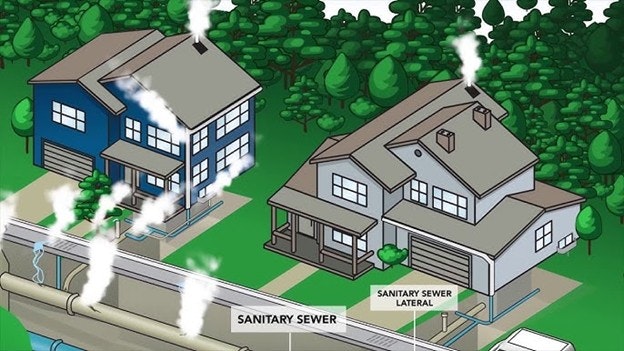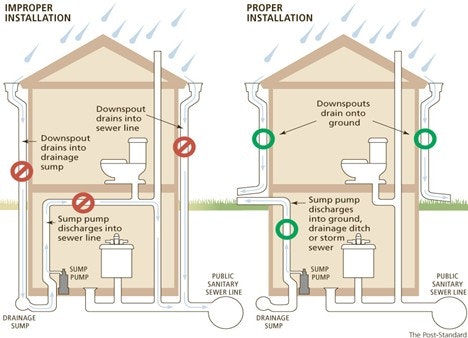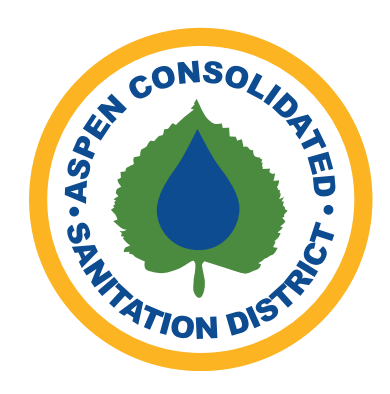Clearwater (Stormwater) Study
Aspen Consolidated Sanitation District Clearwater Connection Information
Introduction to Clearwater Connections
The Aspen Consolidated Sanitation District (ACSD), a special district responsible for sanitary wastewater collection and treatment system serving Aspen and its metropolitan area, has launched a multi-phase initiative. The goal of this initiative is to identify and eliminate Clearwater Connections from the sanitary sewer system.
Understanding Clearwater Connections
Clearwater refers to water from rain, snow, or groundwater that does not require biological treatment before it is returned to the environment. In wastewater treatment systems, clearwater is described as Inflow and Infiltration, commonly abbreviated as I & I.
Inflow is clearwater that is intentionally directed into the wastewater collection system. Examples of this include roof drains, roof gutter downspouts, patio drains, and parking lot drains that are connected to the sanitary wastewater system. Infiltration, on the other hand, involves groundwater entering the pipeline system through defects, such as cracked or broken pipes.
Understanding Wastewater
Wastewater consists of domestic water used by ACSD customers, which is disposed of through drains connected to the wastewater collection and transmission system. This water is transported to the treatment facility for biological treatment and reclamation. Only water from domestic sources—such as sinks, toilets, and washing machines—should be connected to the wastewater system drains.
Why is Clearwater a Problem?
Clearwater entering the wastewater collection and treatment system places an unnecessary burden on the infrastructure. Excessive volumes of clearwater can exceed the system's capacity, potentially overloading the treatment process.
Excess clearwater flow entering household wastewater drains can overwhelm the service line, potentially causing backups in sinks, toilets, showers, and floor drains.
Identifying Sources of Inflow and Infiltration (I & I)
The current challenge for ACSD is to identify and eliminate all sources of inflow. These sources are evident due to the direct relationship between heavy rain events and increased flow volumes at the treatment facility. To locate sources of inflow, ACSD uses a process called Smoke Testing.
What Is Smoke Testing?
Smoke testing is an effective method for locating defects in the main sewer line and service line connecting your residence to the ACSD system. Non-toxic smoke is injected into a sewer main to detect defects.
· Smoke emerging from the ground indicates a break in the underground pipe.
· Smoke from a roof drain or roof gutter downspout means that the drain or downspout is connected to the sanitary sewer system.
· Smoke from a cleanout signifies that the cleanout is not properly capped.
· Smoke from an area drain (such as a parking lot or patio drain) shows that the drain is connected to the sanitary sewer system.
· Smoke only from vent pipes on your roof indicates that your plumbing system is properly vented, with no identified defects.


